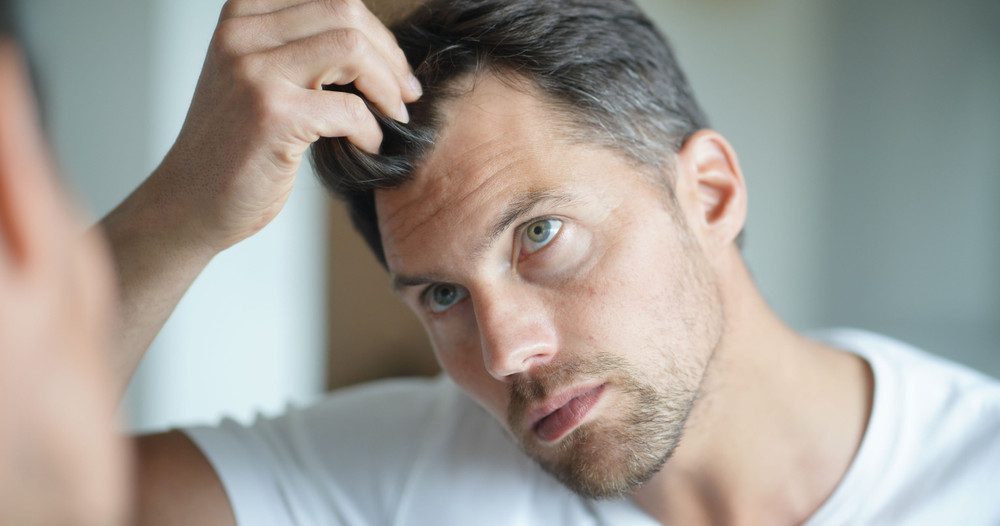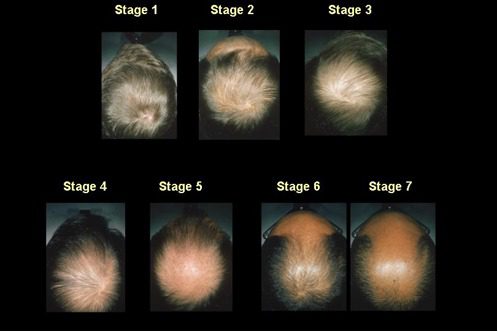Contents
Hair loss in men: inventory

Baldness: what could be more banal?
After a certain age, there are as many men with bald heads as there are men with thick hair. Suffice to say that hair loss or baldness is a trivial phenomenon. However, for those who undergo it, it is not always easy to live!
Although there are several possible causes of alopecia (hair loss), in over 90% of cases, progressive hair loss is due to andro-genetic alopecia. This literally means hair loss linked to genes, on the one hand, and androgenic hormones (male), on the other. Moreover, for lack of testicles and therefore of androgens, eunuchs and opera castrati were never bald!
Alopecia at all ages
Androgenetic alopecia can start early, in early adulthood or even in adolescence. Usually, the earlier it starts, the more severe it will be. Alopecia progresses with age: it affects 25% of 25-year-old men, 40% of 40-year-old men and 50% of 50-year-old men. Women can also be affected, but to a lesser extent (hair loss is more diffuse and therefore more discreet).
Alopecia is a function of ethnicities
Androgenetic alopecia can affect all ethnicities, but with varying prevalence. It is people of Caucasian origin who are most affected. In the countries of Southeast Asia, the men are a little less bald than at home: studies have shown prevalences of “only” 21% in China and 14% in South Korea, in the men of 20 at 50 years old. The extent of alopecia also differs a lot from person to person. There is a classification, the Norwood classification, which makes it possible to objectify the extent of hair loss.










